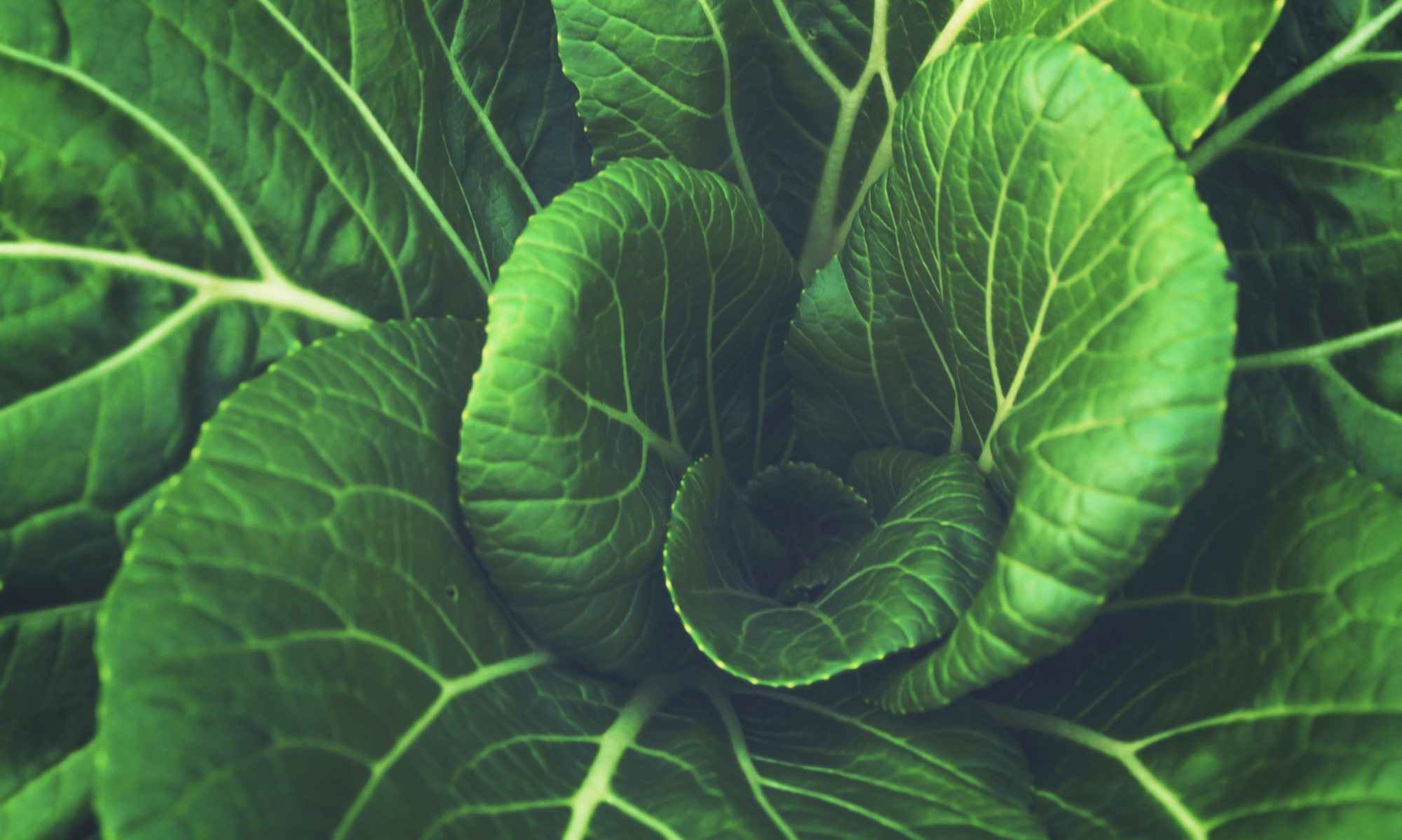Physiology of Insulin
The importance of diet has been an obsession of popular culture for many decades. However, amidst the passionate arguments that each health guru brings to the table, people fail to ask a simple question: how does the body burn fat? For example, all the weight watchers advocate low calorie diets. But does the body know how to count calories? By digging deeper into the biology, we must determine exactly what “language” the body speaks. This quest ultimately leads us to the ultimate solution: the physiology of insulin.
Food and Hormones: The Language of Life
In order to understand why this is the case, we must first understand how the body sends messages to different organs. In essence, what “language” does the body speak in? Well, let’s think about it: what makes you tired, hungry, or happy? The correct answer is melatonin, ghrelin, and dopamine, respectively. In short: hormones are the messengers that carry commands that tell your body to do things. So, what hormone is associated with eating food? The answer is insulin. We need to understand the physiology of insulin.
Why Insulin?
The physiology of insulin explains why this hormone is essential for fat gain and loss. Essentially, whenever insulin is high in the blood, our body is constantly sending the message “store fat, there is enough food”. In order to accomplish this, our bodies have insulin receptors that tell fat cells to stop releasing fat due. This makes sense since high insulin usually means lots of energy is already present in the blood. Thus, when lots of food is coming in through the mouth, insulin stops the body from accessing fat, saving it for times of famine. This understanding of the physiology of insulin leads us to another question: if energy storage is essential for life, what stops us from eating to the point of death? This question brings us to the next character in our metabolic performance: leptin.
Feeling Stuffed…with Leptin
If you are reading this, odds are that you have experienced the feeling of being stuffed. I am talking about the feeling you get after eating a ton of food, where just thinking of eating something else makes you nauseous. This feeling may actually stay with you throughout the day and maybe even the next morning! If the body is an energy monger, this is a shocking development. An organism that needs constant energy to fuel the brain has natural eating limitations. How does the body send us this long term signal?
The answer is leptin. This hormone is released when fat cells expand, telling the body that it is getting too fat. Why does the body limit how much we eat? The answer is because being too fat is not a survival advantage. After a certain point, excess fat will slow you down and affect the rest of your body in a negative way. Leptin thus counters insulin by lowering appetite and reducing the amount of sugar in the blood since the organism will not eat. This implies that less insulin will be needed when leptin is active. Taken together, these two hormones create a negative feedback loop that maintains the body weight through appetite.
Now…back to the original question: what is the issue with calorie counting?



